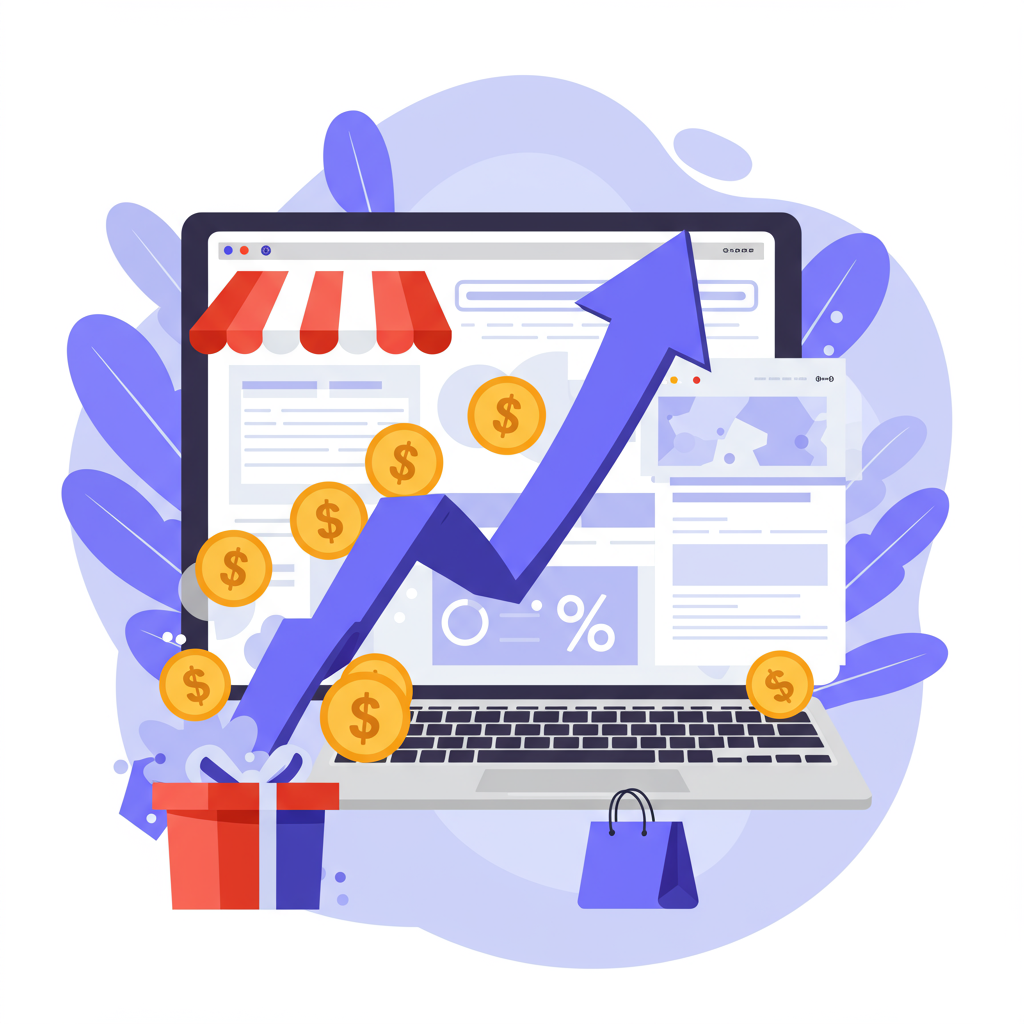Unlock higher Average Order Values and boost customer satisfaction by mastering the art of upselling in your e-commerce store.
Hello fellow Shopify merchants! I’m here today to talk about a powerful strategy that can significantly boost your store’s revenue and customer satisfaction: upselling.
In the competitive world of e-commerce, simply acquiring customers isn’t enough. We need to maximize the value of each customer interaction.
That’s where upselling comes into play. It’s a technique designed to encourage customers to purchase a more expensive, upgraded, or premium version of a product they are already interested in.
Think of it as helping your customers discover even better solutions or enhanced experiences, rather than just selling them something.
For us, as Shopify store owners, mastering the art of upselling can lead to a dramatic increase in our Average Order Value (AOV).
A higher AOV means more revenue per customer, which directly impacts our bottom line without necessarily increasing our marketing spend on new customer acquisition.
It also contributes to a higher Customer Lifetime Value (CLTV), as satisfied customers who feel they’ve received excellent value are more likely to return.
Now, it’s crucial to distinguish upselling from cross-selling. While often used interchangeably, they are different.
Upselling is about offering a *better* version of the *same* product. For example, a larger size, a premium model, or a version with more features.
Cross-selling, on the other hand, involves suggesting *complementary* products. If a customer buys a camera, cross-selling would be offering a tripod or an extra lens.
Both are valuable, but today, our focus is squarely on upselling and how we can implement it effectively on our Shopify stores.
So, how do we do it right? The key is relevance and value. We’re not trying to trick anyone; we’re trying to genuinely enhance their purchase.
First, know your products inside out. Understand the different tiers, features, and benefits of each variant or model you offer.
Second, know your customers. What are their pain points? What are they trying to achieve? What would genuinely improve their experience?
When a customer is viewing a product, present a slightly more expensive, but clearly superior, option. Highlight the added benefits, not just the price difference.
For instance, if they’re looking at a basic coffee maker, you might suggest a model with a built-in grinder or programmable timer, explaining how these features save time or improve taste.
Social proof can be incredibly powerful. Show reviews or testimonials for the upgraded product. “Most customers prefer this model!” or “Our best-seller!” can be very persuasive.
Consider creating tiered pricing structures. Offer a “Good,” “Better,” and “Best” option, making the “Better” option seem like the most logical and valuable choice.
Personalization is another game-changer. Use customer data to suggest upgrades that align with their past purchases or browsing behavior.
Timing is everything. The product page is a prime spot. The cart page is another excellent opportunity, perhaps with a “You might also like…” section featuring upgrades.
Even during the checkout process, a subtle prompt for an upgrade can work, but be careful not to disrupt the flow. Post-purchase emails can also offer upgrades for future purchases.
A common mistake is being too pushy or irrelevant. If the upgrade doesn’t genuinely add value or is too expensive relative to the initial interest, it will backfire.
Always test your upsell offers. A/B test different product suggestions, messaging, and placement to see what resonates best with your audience.
Shopify’s app store is brimming with tools designed specifically for upselling. Apps like “Bold Upsell,” “ReConvert Upsell & Cross Sell,” or “Zipify OneClickUpsell” can automate and optimize this process for you.
These apps often provide analytics, allowing you to track the performance of your upsell campaigns and refine your strategy over time.
Remember, the goal is to provide value and improve the customer’s experience, not just to extract more money. A happy customer is a repeat customer.
By strategically implementing upsell techniques, you’re not just increasing your revenue; you’re building stronger relationships with your customers by offering them superior solutions.
It’s a win-win situation: your customers get a better product, and your store enjoys increased profitability.
What do you think about these strategies? Have you found success with upselling in your own Shopify store? I’d love to hear your thoughts!
Start experimenting with these tactics today, and watch your Average Order Value climb!






